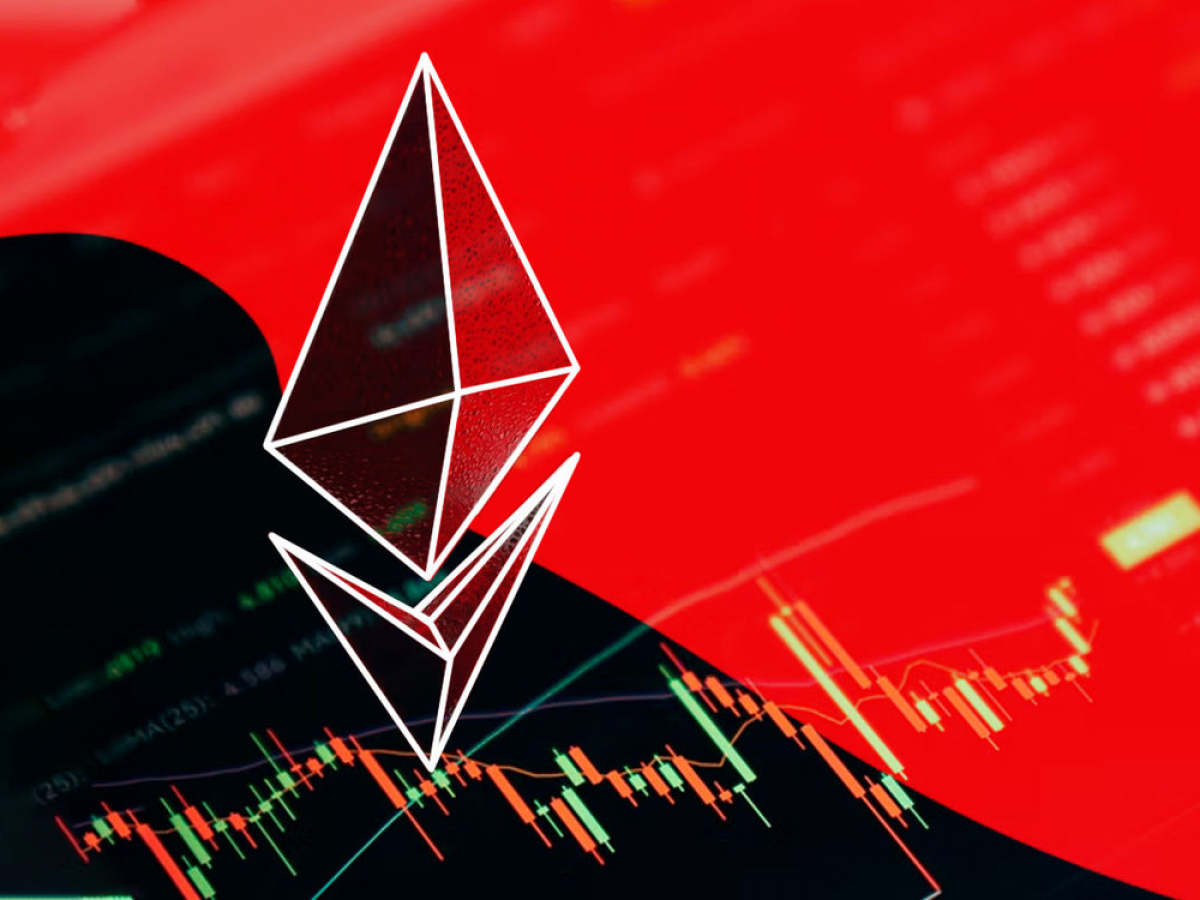
Unfortunately for Ethereum holds, on-chain data shows that assets still remain under pressure
Following Independence Day in the U.S. on July 4th, traders have pushed the price of the second biggest cryptocurrency on the market to local highs, reaching $1,120. Unfortunately, with the price of Ether going back up, we are seeing disturbing on-chain data appearing on the market.
According to Ethereum’s supply on exchanges, we are seeing an intensification of inflows on exchanges as traders are actively pushing their funds back onto trading platforms. Whenever exchange inflows are on the rise, assets face selling pressure later on.
📈🇺🇸 #Ethereum‘s price has rebounded mildly to ~$1,120 on America’s birthday. This said, $ETH continues to move rapidly back on to exchanges and is close to breaking 2022 highs. There is higher risk of a selloff while coins are rising on exchange wallets. https://t.co/kJFZNCXV54 pic.twitter.com/JcmrHp80VK
— Santiment (@santimentfeed) July 4, 2022
The movement of funds toward exchanges is most likely tied to the fact that market participants are looking for ways to realize their funds after the massive crash we saw in June. As Ethereum’s price dropped to the $800 range, the selling pressure on the market decreased significantly.
It might not be that bad
Rising inflows on exchanges might not be tied to the desire of traders to sell their holdings, as centralized exchanges often move some of their funds from cold to hot wallets to increase the liquidity on the market and provide market makers with needed funds.
The series of liquidations we saw back in June is also tied to large inflows on exchanges, as decentralized platforms no longer hold as much Ether as they used to. With decreasing demand for collateralized loans, investors are moving back to more “traditional” investment and trading instruments.
At press time, Ethereum is trading at $1,158 and remaining under the pressure of bears on the market, as it is not yet receiving enough buying support and is currently moving under the 21-day moving average.

